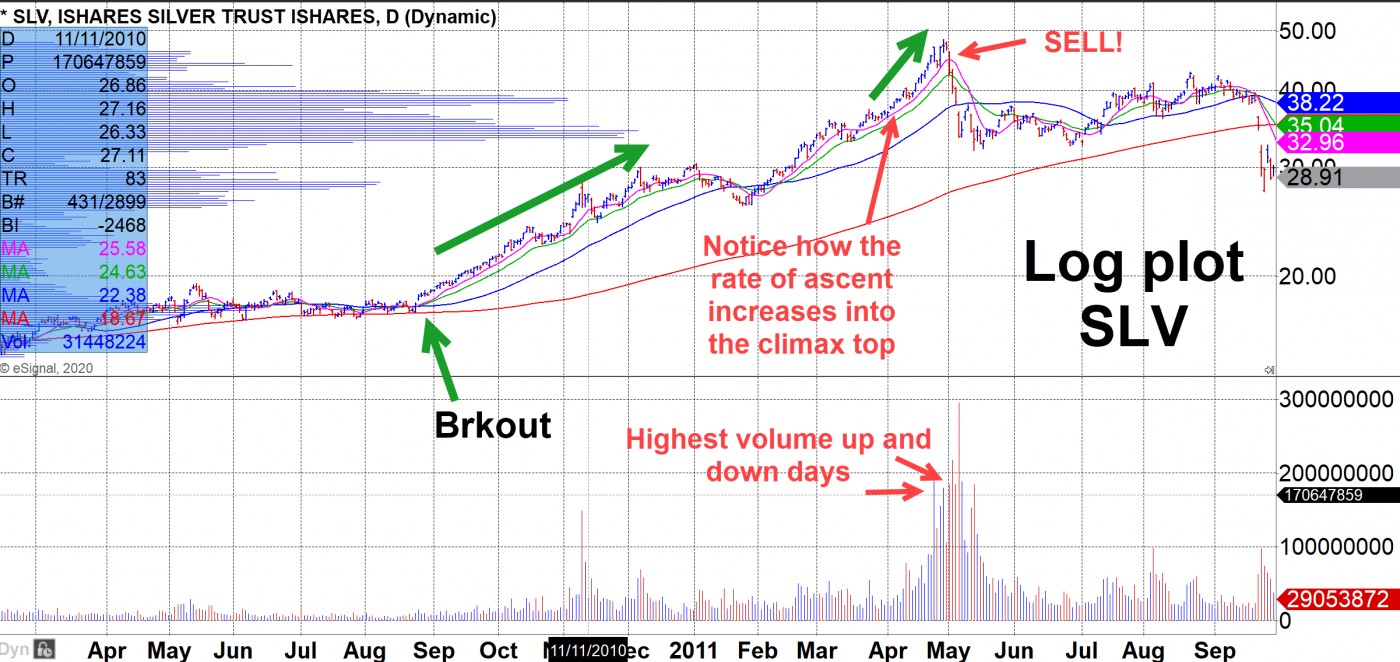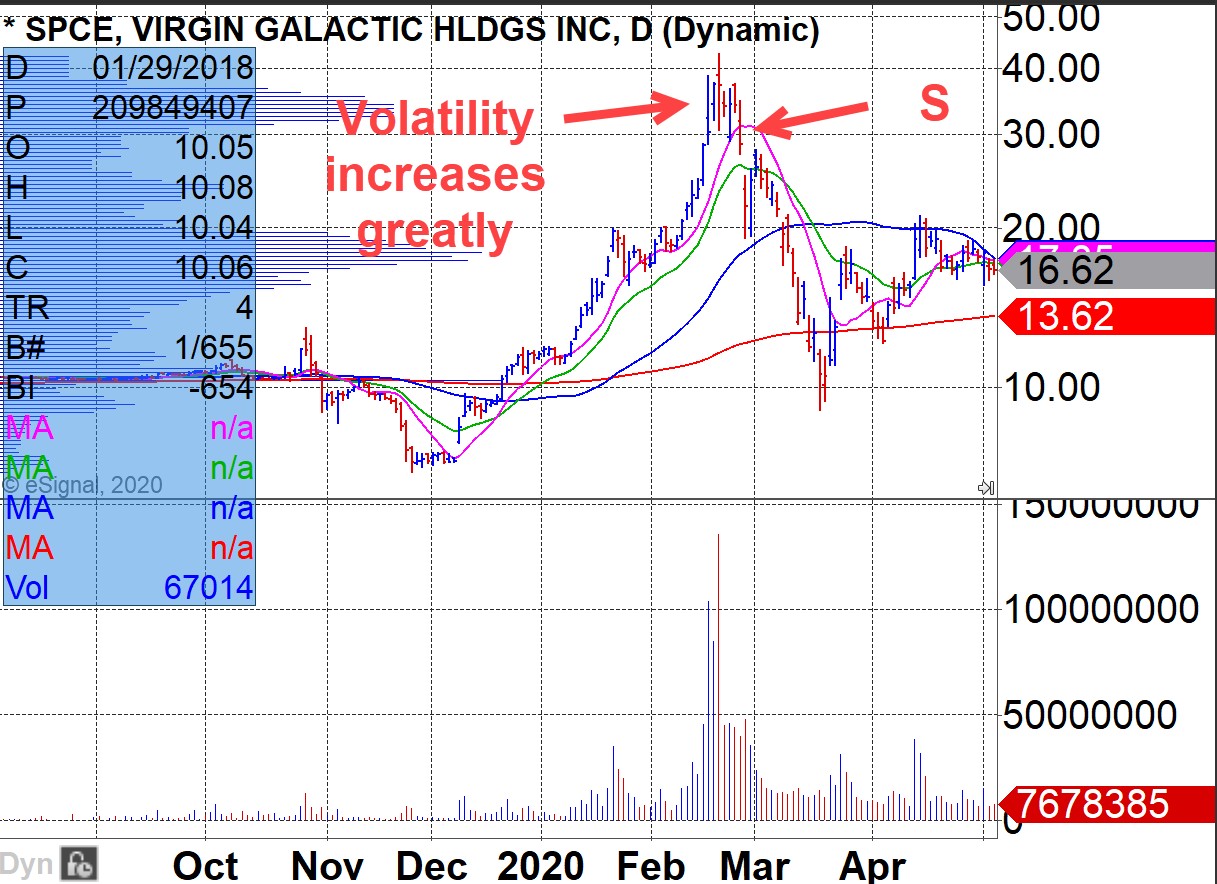Market Lab Report / Dr. K's Crypto-Corner
by Dr. Chris Kacher
The (R)Evolution Will Not Be Centralized™
Markets Plunge
The dollar gained brief strength after trending lower since March when Powell dropped interest rates to 0%. Concerns about reaching an agreement on additional QE stimulus unsettled markets. The sharp drop in the following instruments have been observed:
1) Stocks: Overbought conditions with major averages well above their 10dma's due to excessive QE in the system. While pullbacks in uptrends are healthy, this one was met with high volume, but we have come straight up from March lows since Powell pushed rates to 0%. The question will be whether the Fed continues to provide the necessary stimulus since many in the U.S. are hurting, unable to pay rents and buy basic necessities. The same is true in other parts of the world. History shows major central banks of reserve currencies always choose further debasement of their fiat currencies rather than a period of austerity. Thus it should only be a matter of time before Powell steps in once again and calms markets by promising further stimulus as has generally been the case since 2009, thus the long term uptrend should remain intact. Debate on rescue packages continues, thus in the meantime, is unsettling to markets. Seeing a short, sharp pullback in major averages of several percent off peak should come as no surprise, thus always keep your stops tight.
2) Gold: Precious metals dropped as they can at times inversely correlate with the price of the dollar. Pronounced selling pressure hit many commodities markets. But with accelerated stimulus on the way, assume the uptrend in gold remains intact.
3) Bitcoin, Ethereum, and other Cryptocurrencies: The sharp drop in other markets pushed crypto markets lower though part of the selling pressure in crypto was due to the raid of South Korea's largest crypto exchange, Bithumb, due to a $25 million token sale hosted on Bithumb and a proposed acquisition by a Singapore platform, BTHMB, that never materialized. This is a small matter that will be quickly forgotten. More interestingly, Russia today gave legal status to cryptocurrencies such as bitcoin – but banned them from being used to pay for goods and services. This is not the first time Russia has flexed its muscle against cryptocurrencies. The Russian government does not want to lose control of their fiat even if they lose economic growth from enacting such bans. They want to remain the boss so wont let the geeks take over with their blockchain. It could be said the party line could be, "No bitcoin, only rubles. We will print rubles and the people will be the bag holders." With crypto, you can leave your country with your crypto because your passphrase is in your brain, but you cant leave with your fiat. Meanwhile, smaller countries stand to gain by embracing blockchain so are more likely to continue to embrace crypto.
China’s Digital Currency Wallet Launch
The Chinese central bank briefly enabled then quickly disabled their digital yuan fiat wallet which connects to the four largest banks in China. Once live, they will be able to track a person's spending habits. If they want to manipulate a person's spending and saving habits, they can adjust interest rates. By pushing rates negative, they will make people lose money every day so people are motivated to go out and support the economy as the negative interest rate eats into their money in real time which they will see on their WeChat or Alipay app. A person will see the value of their savings dropping. They can also motivate savers by having positive interest rates to increase the value of a person's savings.
It's not hard to imagine how one's freedoms can be taken away very quickly making bitcoin more important than ever. China's digital yuan will challenge the US monetary system. 1.7 billion people use cash because of no bank account. Mobile payments Alipay and WeChat pay have more than 1.7b customers. China's "Belt and road initiative" connects a new Asian trade route with Europe and Africa. The Chinese government plans to incentivize people and governments to use their digital yuan by giving trading rewards.
Indeed, China has plans to make the digital yuan the world's reserve currency. More on this as it unfolds.
FAQs
From time to time, we get questions on making big gains, handling bubbles, and shorting, but all the answers are in our books and website articles. That said, I will give a quick refresher here.
1. How do you trade a bubble to keep big gains as mentioned in your books such as "How we made 18000% in the Stock Market"?
I have studied bubbles going back hundreds of years. The data is sometimes surprisingly available on price/volume action of various instruments including real estate such as in the Florida land boom of the early 19th century, various commodities, and old publications including the Magazine of Wall Street which Richard Wyckoff was the editor. Every bubble rhymes, though does not repeat. You get a climax top in various instruments whether they be stocks, bonds, commodities, real estate, or bitcoin and cryptocurrencies. The percentages are always relative to prior percentage gains, thus a logarithmic chart is key as one can then not let visuals from linear plots distort their analysis. I see this in cryptocurrencies all the time. A coin may run up 10-fold in a short time, so a 50% correction is normal. It does not necessarily indicate the move is over. A stock, on the other hand, typically takes many months if not years longer to achieve a 10-fold move.
After a relatively big rise in price over a period of time, the move will accelerate. The trading volume may spike to all-time highs. In the case of Silver's ETF SLV in 2011, it was a textbook climax top where SLV shot higher in a hurry, recording the largest up volume day since its run started months prior, then a few days later, two days off the top, it had its largest volume down day since the run started months prior. I sold half the position near the open as SLV had gapped lower, then the rest later in the day once it was clear downside volume was at record levels.

Often, volatility increases greatly near the top such as in SPCE which traded sloppy for 5 days before breaking down. At the latest, you could set your stop just below the low of the noise.

The other way I sometimes play climax tops is to wait for the initial correction which can be steep. A stock that doubles in price in a few days may easily correct 1/3 off its peak. It will then typically bounce, retracing at least one half of its drop. If volume looks weak on the bounce, I typically will exit the position at this stage. Note, using moving averages as indicators will usually give back too much profit, though if you didn't sell soon enough after the peak, they can be used at least as a guide to exit and take some profits.
2. How do you find great short sale setups when and after the bubbles burst?
The last example given where I exit on a weak bounce after a climax top can also serve as a possible short entry point. Keep in mind that volatility is usually quite elevated so either keep your stops tight or use smaller positions so you can prevent yourself from getting stopped out prematurely. As the bear market wears on, stocks will have dead cat bounces which can be shorted into at areas of resistance. We discuss this in full in our book on short selling as well as in some of the articles on this site.
3. How do you maximize and make very large gains like you were able to do in 1999-2000?
We discuss this in our books and in some of the articles on this site. In brief, it is key to understand the market environment. The longer, smooth uptrends of the 1990s are different from today's QE-drive choppier uptrends, often only supported by a handful of names. One must also determine their personal risk tolerance levels. Market environment and risk tolerance levels will determine one's sell stops, position sizing strategies, and an approximate range of stocks in one's portfolio. The factors can vary greatly depending on the environment.
Prior to QE, I used to typically hold 12 to 18 names in my portfolio. I would enter in at a 25% position, then cut it in half if it was the slower animal in the portfolio pack, pushing the capital into a new name. While I aimed to have under a dozen names, I typically would be holding well over a dozen stocks while not sacrificing upside. In other words, I wanted my capital to be spread across the fastest race horses out there. In a strong bull prior to QE, there were plenty of stocks to buy into that enabled me to achieve triple digit percentage gains for 6 years in a row while greatly reducing risk due to the number of names in my portfolio. That said, I was also aware of cluster risk. For example, I remember in mid-April 1999, I was already up well over 200% because I was concentrated in internet names. Many seems to have climax tops into mid-April, then either got unusually volatile or exhibited unusually high volumes. I remember a few minutes after the open on April 14, internet names started to slide on volume, so I sold most of my stocks, reducing my long exposure from 200% down to about 20%. Had I waited til later that day to sell, I would have given back an additional 10-15% in profit since I came into that day on full margin.
In today's QE-driven markets, I tend to focus on fewer names than I had in the past. I hold longer term positions in gold-related ETFs, bitcoin's ETN GBTC, silver-related ETFs, as well as big tech where companies such as AMZN, AAPL, and FB will benefit from their enormous R&D war chests as they invest heavily in AI, blockchain, VR, and other bleeding edge technologies. There are also the companies that are benefiting from the post-COVID environment which include companies such as LVGO for healthcare and LULU for the WFH revolution where at-home exercise is becoming a standard.
